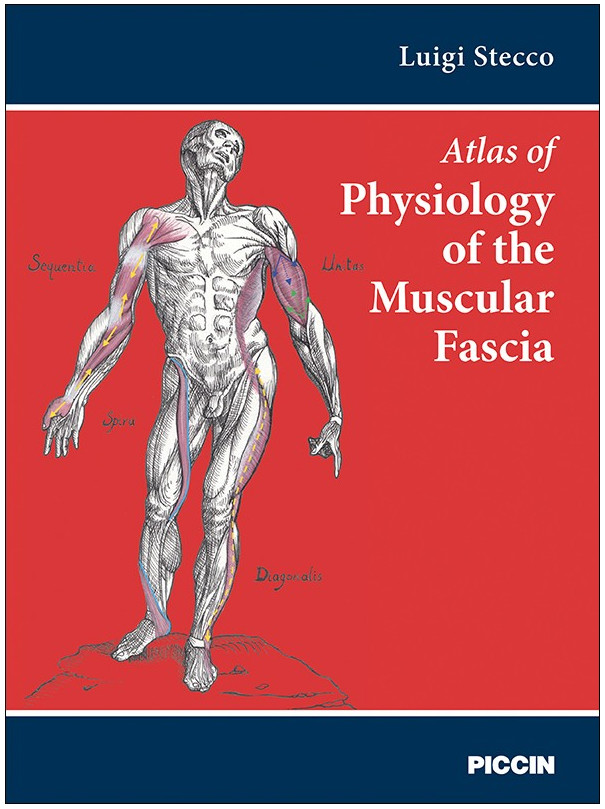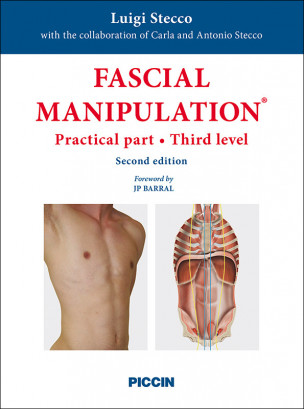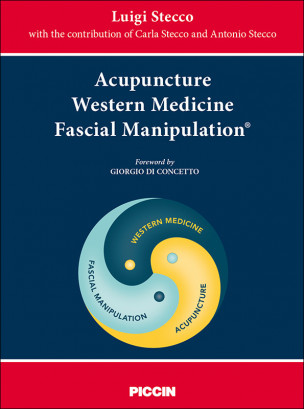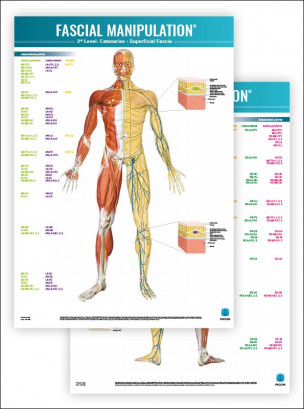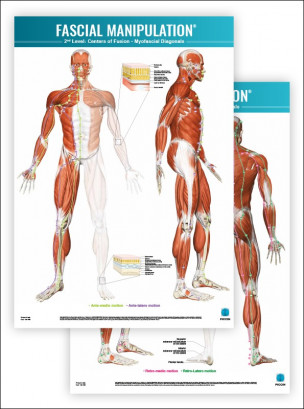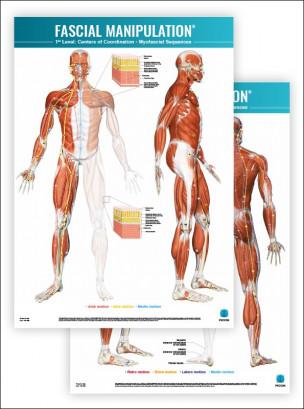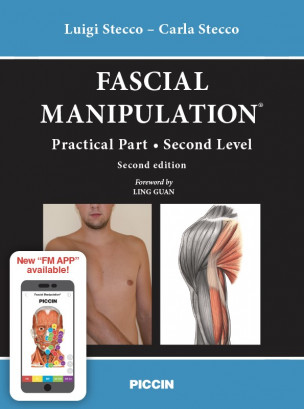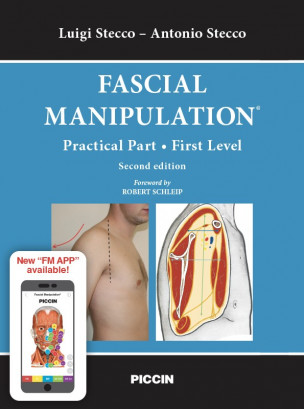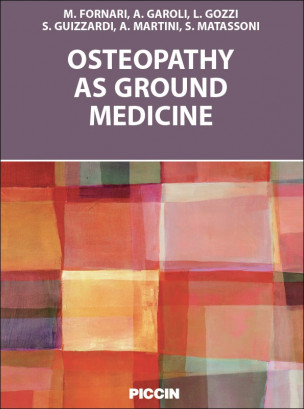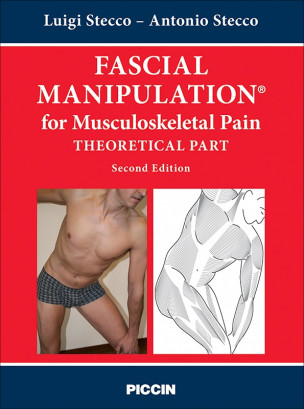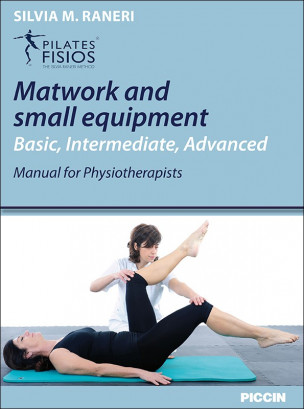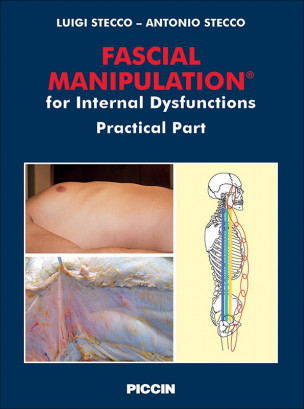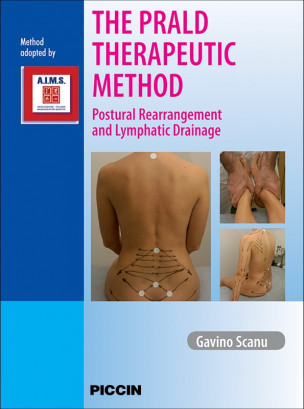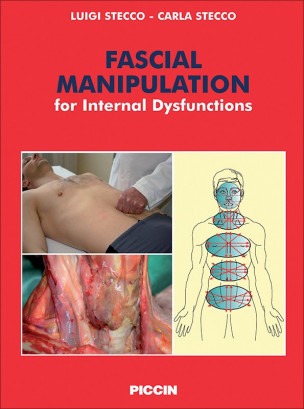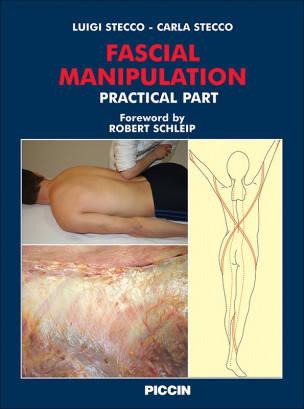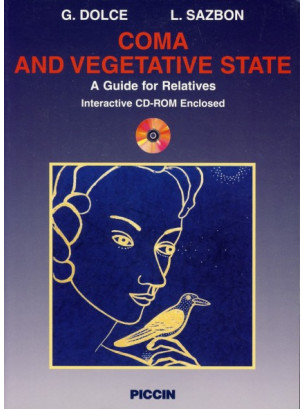Atlas of Physiology of the Muscular Fascia
Luigi Stecco
78,00 €
- Cartonato
78,00 €
- E-book
63,75 € IVA incl.
FOREWORD
In order to understand the complexity fascial function and dysfunction, it is necessary to have an accurate appreciation of the constituents that make up these ubiquitous and versatile tissues, as well as of their coordinated physiological interactions and behaviors.
To achieve this it is suggested that a validated working model is necessary that simplifies reality.
Fortunately a number of excellent atlases and textbooks now exist that offer images of the architecture of fascia, from the microscopic to the macroscopic. What has been missing, however is a comprehensive English language description of the normal physiology of fascia: how it behaves in normal circumstances, as well as how to accurately and systematically identify both the nature and location of fascial dysfunction.
In this extensive and detailed text, Luigi Stecco, offers specific practical insights that merge appreciation of the anatomy and physiology of the multiple elements that make up myofascial biomechanical structures and how these operate in the body to produce integrated stability and movement, when operating normally.
Most importantly, from a clinical perspective, he then describes a wide range of reasoned functional assessment protocols that are able to identify and localize dysfunctional fascial features, whether these involve unidirectional, bidirectional or multidirectional myofascial actions and activities.
Symptoms associated with altered motor control, reduced ranges of motion and/or pain, may result from dysfunctional fascial features, including increased local densification (tissue stiffness) and/or altered sliding functions. Importantly, such changes need to be appreciated as being largely reversible – involving as they do altered function, but not necessarily pathology.
It is the well-thought-out descriptions of accurate, reproducible and practical evaluation methods, capable of leading to the identification of the locations of such changes, that makes Luigi Stecco’s work so important. Critically, numerous studies have emerged that validate the reliability of the protocols associated with Fascial Manipulation®, the therapeutic method that has evolved from Stecco’s years of dedicated research.
While a variety of methods of treatment and rehabilitation of painful and dysfunctional fascial structures have been proposed and studied, there are relatively few approaches that offer accurate identification as to which tissues and structures may be involved, or precisely where these are located.
The methods described by Stecco, in the objective examination process that leads to the identification of areas of fascial dysfunction, involve both palpatory assessments as well as functional movement tests that systematically evaluate and record the results of controlled movements in the sagittal, frontal and horizontal planes, involving all areas of the body.
These objective assessment methods are coupled with a subjective evaluation, incorporating factors such as age, trauma history, patterns of use in work and leisure activities, as well as previous medical history.
Using a combination of the results that emerge from both the objective and subjective examinations, a working hypothesis emerges on which subsequent treatment is based. The tests used are then repeated, following treatment, in order to evaluate functional and symptomatic changes. In this beautifully illustrated work Luigi Stecco has distilled his years of research into a carefully-crafted textbook that offers insights and practical guidelines, that are of immense potential value to practitioners and therapists of all schools - and for this he deserves our praise and profound thanks.
LEON CHAITOW
Honorary Fellow, University of Westminster, London
Editor-in-Chief,
Journal of Bodywork & Movement Therapies
No customer comments for the moment.


